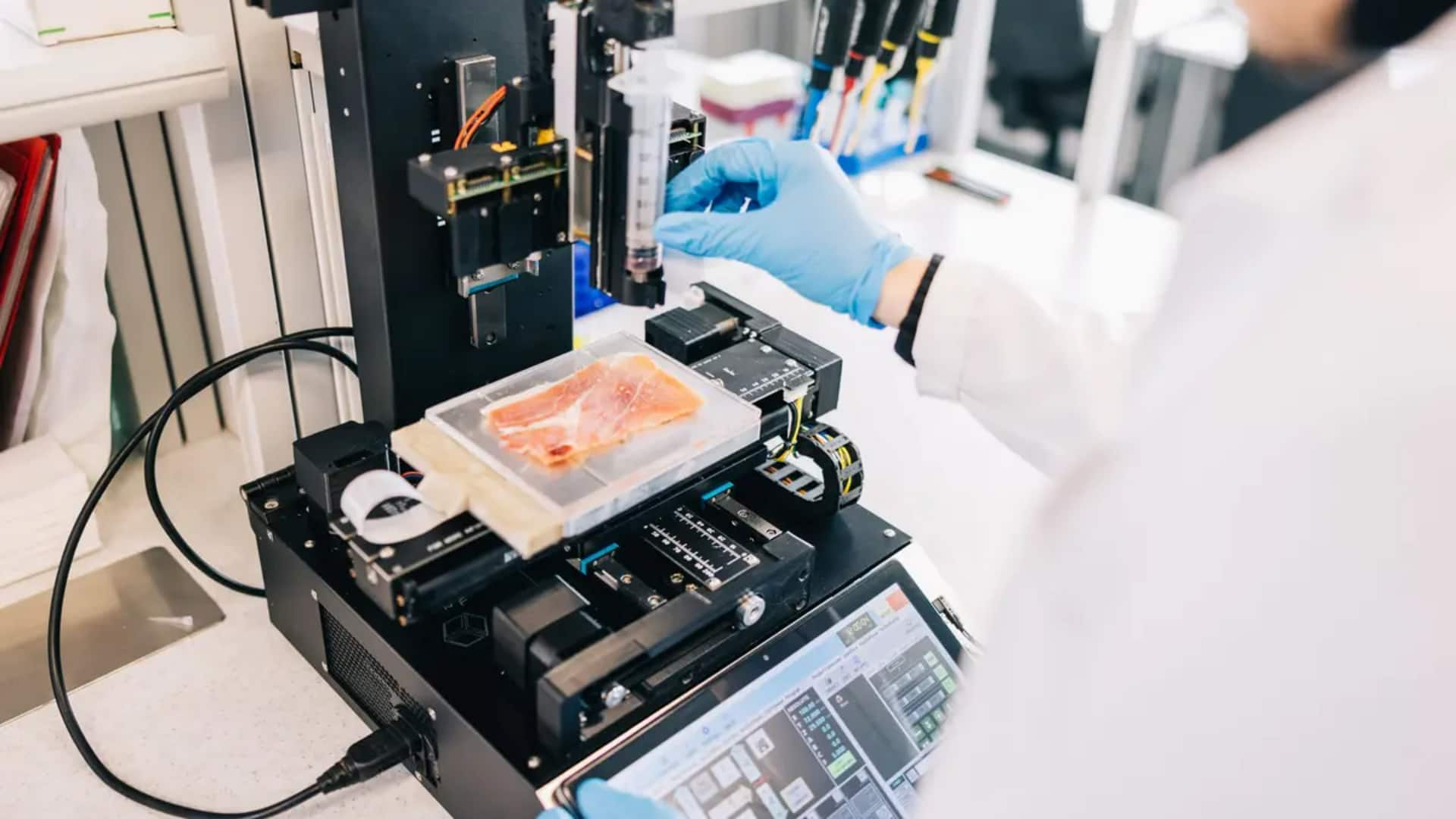
This AI-driven 3D printer can build and cook food
What's the story
Researchers at the Hong Kong University of Science and Technology (HKUST) have developed a 3D printer that uses graphene and artificial intelligence (AI) to make food layer by layer. The machine can create complex edible structures and features precision infrared heating to maximize product quality and safety. This combination helps overcome significant flaws with other existing automated food production techniques, including issues with food safety and the general need for technical expertise oversight.
Technological advancement
Overcoming limitations of traditional food 3D printing
Traditional 3D printers usually produce food in two significant steps: extruding cold food paste to make the item and then transferring it to an oven or fryer for cooking and sterilization. This approach can result in deformed shapes and increased contamination risks as the food moves between machines. The new HKUST printer addresses these challenges by integrating building and cooking into one simultaneous process, thereby improving efficiency and safety.
Heating innovation
Unique heating mechanism of the new innovation
The HKUST printer employs an infrared heater made from laser-induced graphene (LIG) for precise temperature control. The food layers reach 278.6°F (137°C) on the surface and maintain at least 221°F (105°C) on the sides during printing. This ultra-thin heating element only consumes 14W of power, much less than conventional ovens and air fryers that consume anywhere between 1,000-2,000W.
Cooking efficiency
Innovative cooking and food safety
The 3D printer was tested with a special starch-based cookie dough, where each new layer was immediately cooked by the infrared heater. This not only keeps the shape of the food item intact but also destroys harmful bacteria. Scanning electron microscope (SEM) analysis showed that the infrared-cooked samples maintained a consistent internal structure without the dramatic swelling seen in oven-baked items. X-ray analysis confirmed uniform porosity throughout the food, indicating thorough cooking without compromising structural integrity.
Safety improvement
Enhanced food safety with new 3D printing technique
The new 3D printing technique drastically minimizes bacterial growth post-cooking. Typically, conventional cooked food items see substantial bacterial growth after just 48 hours. However, the infrared-treated items had only 0-6 bacterial colonies at 212°F (100°C), compared to over 200 in oven-baked and air-fried samples. This improvement stems from the immediate high-temperature treatment of each printed layer, making it a safer alternative for food production.